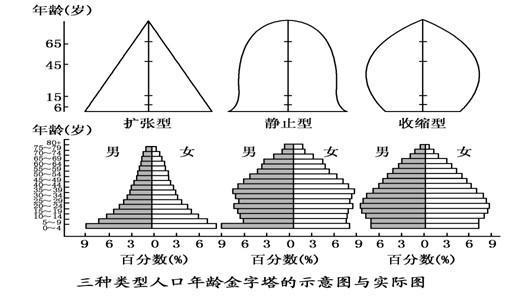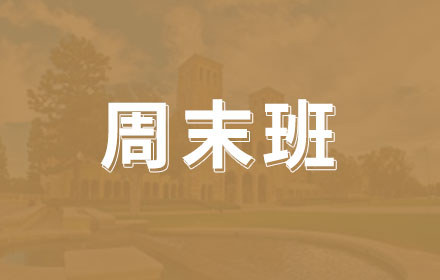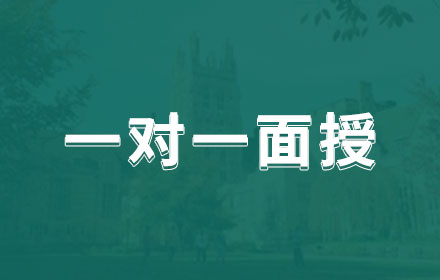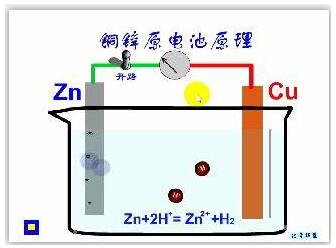AP人文地理知识点梳理——人口与迁徙
来源:A加未来 时间:2020-09-24 13:26
在AP人文地理知识点中,人口与迁徙是一个非常重要的分析对象,课程学习中分为三个部分,分别是人口的地理学分析、人口的增减、移民。下面A加未来小编就带大家一起来详细了解一下AP人文地理知识点中人口与迁徙的相关内容,希望对大家的课程复习有所帮助。

要点如下:
(1)人口分布模式及特征
*Populationdistribution
四大人口密集区域:East Asia20%;South Asia20%;Southeast Asia最多;WesternEurope
人口稀少区域:Dry Lands;Wet Lands;Cold lands;High lands
*Populationdensity:arithmetic,physiological,and agricultural
Arithmetic density:The number of peopleliving in a given unit area.
Physiologic density:A ratio of human population to the area of cropland,used in less developed countries dominated by subsistence agriculture.
*Populationpyramids:
(2)人口随着时间空间的增减
*Demographic factors that determine population growth and decline are fertility,mortality,and migration.
Fertility:TFR(total fertilityrate)the average number of children a woman will have throughout her childbearing years(15-49).
Mortality:分为the infant mortality rate(IMR)and life expectancy.
A.IMR-the annual number of deaths of infants under one year of age,compared with total live births.
B.Life expectancy-the average number of years a newborn infant can expect to live at current mortality levels
*衡量人口增减的指数:Doubling time;Total fertilityrate;Infant mortality rate;Life expectancy
*人口增减原因:
Crude birth rate(CBR)-The total number oflive births in a year for every 1,000 people alive in the society.
Crude death rate(CDR)-total number of deaths in a year for every 1,000 people alive in the society.
Natural increase rate(NIR)-一年人口增长率.a country’s growth rate excludes migration
*Demographic Transition:4个阶段
Stage 1:Low Growth没有国家处于此阶段
Stage 2:High Growth
Stage 3:Moderate Growth
Stage 4:Low Growth出现ZPG(零增长TFR=2.1)
*EpidemiologicTransition:Distinctive causes of death in each stage of the demographic transition.
*马尔萨斯理论Malthusian theory1798《An Essay on the Principle ofPopulation》:世界将灭亡由于over population,starvation,and disease.
*Neo-Malthusians:theamount of farmland is decreasing while the population is increasing
(3)移民、难民
*移民的原因:主要由于经济原因,还有文化、环境原因
Push factor:when people are forced out of an area(Ex:Hurricane Katrinadestroyed many peoples’houses,so they were forced to move somewhere else.)
Pull factor:when people desireto move into a new location(Ex:Better job openingin a new area,a good place to retire.Usually promises a better situation than the present one.)
A.Economic Push and Pull Factors:
-Pull:People emigrate to places with better job opportunities.They will also emigrate because of better natural resources.Metal and coal deposits might attract miners.A brand new industry or store could attract technicians,scientists,engineers,or otherworkers.
-Push:When a industry goes bankrupt,workers will lose their jobs and might be forced to move to adifferent area because of a job opportunity.
B.Cultural Push and Pull Factors:
-2个主要push factors are slavery andpolitical instability.Millions of people were captured and shipped to many different countries as prisoners or slaves.(People called refugees are forced to migrate form their countries because of fear of persecution because of their race,nationality,religion,or political opinion.)
-Pull:people migrate for especially the lure of freedom.(People are attracted to democratic countriesthat encourage individual choice in education,career,and a place ofresidence.)
C.Environmental Push and Pull Factors:
-Pull:people are attracted to areas with warm climates,mountainsides,and seasides.
-Push:certain physical conditions cause people to move to different areas like too much or too littlewater in an area can force people to move.Also an area that is storm prone canforce people to migrate.
*国际国内移民International&Internal Migration
①International Migration(2种)-The permanent movement from onecountry to another.非洲到澳洲
A.Voluntary migration-implies that migrant has chosen to move for economic improvements.
B.Forced migration-the migranthas been compelled to move by cultural factors.
(Economic push and pull factorsusually induce voluntary migration.Whereas cultural factors usually compelforced migration)
②Internal Migration(2种)-Permanent movement within aparticular country.-Georgia to California
A.Interregional migration-movement from one region of a country to another.
Rust Belt:The northern industrialstates of the United States,including Ohio,Michigan,and Pennsylvania,inwhich heavy industry was once the dominant economic activity.In the 1960s,1970s,and 1980s,these states lost much of their economic base to economically attractive regions of the United States and to countries where labor wascheaper,leaving old machinery to rust in the moist northern climate(美国北部,重工业衰落失去经济基础)
Sun Belt:U.S.region,mostlycomprised of southeastern and southwestern states,which has grown most dramatically since World War II
B.Intraregional migration-movement within on region
以上就是A加小编对于AP人文地理知识点中人口与迁徙内容的解析,大家是否对于这部分概念和图表内容有了充分的了解和认识了呢?更多AP课程辅导问题,欢迎联系A加未来线上老师,让专业老师一对一为你进行考点内容的梳理和讲解吧!
推荐课程
-
AP课程周末同步课程
A加未来周末培训课程让学生通过每周末学习,定期强化...
-
AP物理C课程辅导培训
AP物理C包含两个独立课程:力学和电磁学。不同于物理...
-
AP物理C辅导课程
AP物理C包含两个独立课程:力学和电磁学。不同于物理...
-
AP化学课程辅导培训
AP化学课程介绍 AP化学课程内容主要为物理化学以及少部...
-
AP课程一对一面授辅导班
学习特点: 全程面对面交流,上课效率高 班主任老师全...
推荐阅读
-
AP经济值得选嘛?怎么学才能拿高分?
很多刚刚接触 AP课程 的同学和家长会好奇AP经济学是什么......[详细]
-
AP心理学备考应该注意些什么?
解开神秘的外衣,其实 AP心理学 是一门非常实用的学科......[详细]
-
绝对有用!AP生物考试备考的几点建议
事实上, AP生物考试备考 并没有我们想象的那么轻松,......[详细]
-
AP考试成绩和AP课程成绩,你分得清吗?
提到AP课程和AP考试,很多同学们往往会想当然的认为这......[详细]
-
各章节AP化学知识点小结
想要攻克AP化学课程的学习,知识点的掌握永远是第一步......[详细]












 13699228024
13699228024  在线咨询
在线咨询 

